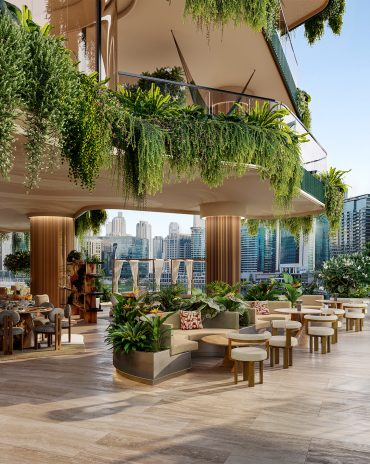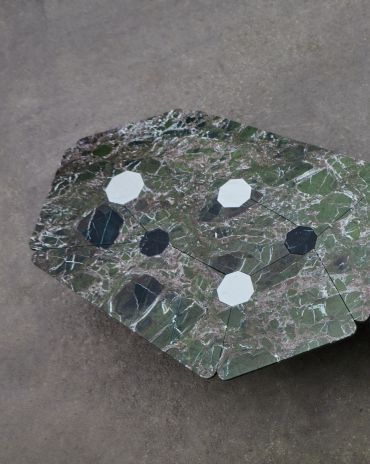Copyright © 2025 Motivate Media Group. All rights reserved.
Urban connoisseur: Hazem K. Aljesr
The Cities Boutique founder talks about what makes a good design investment.
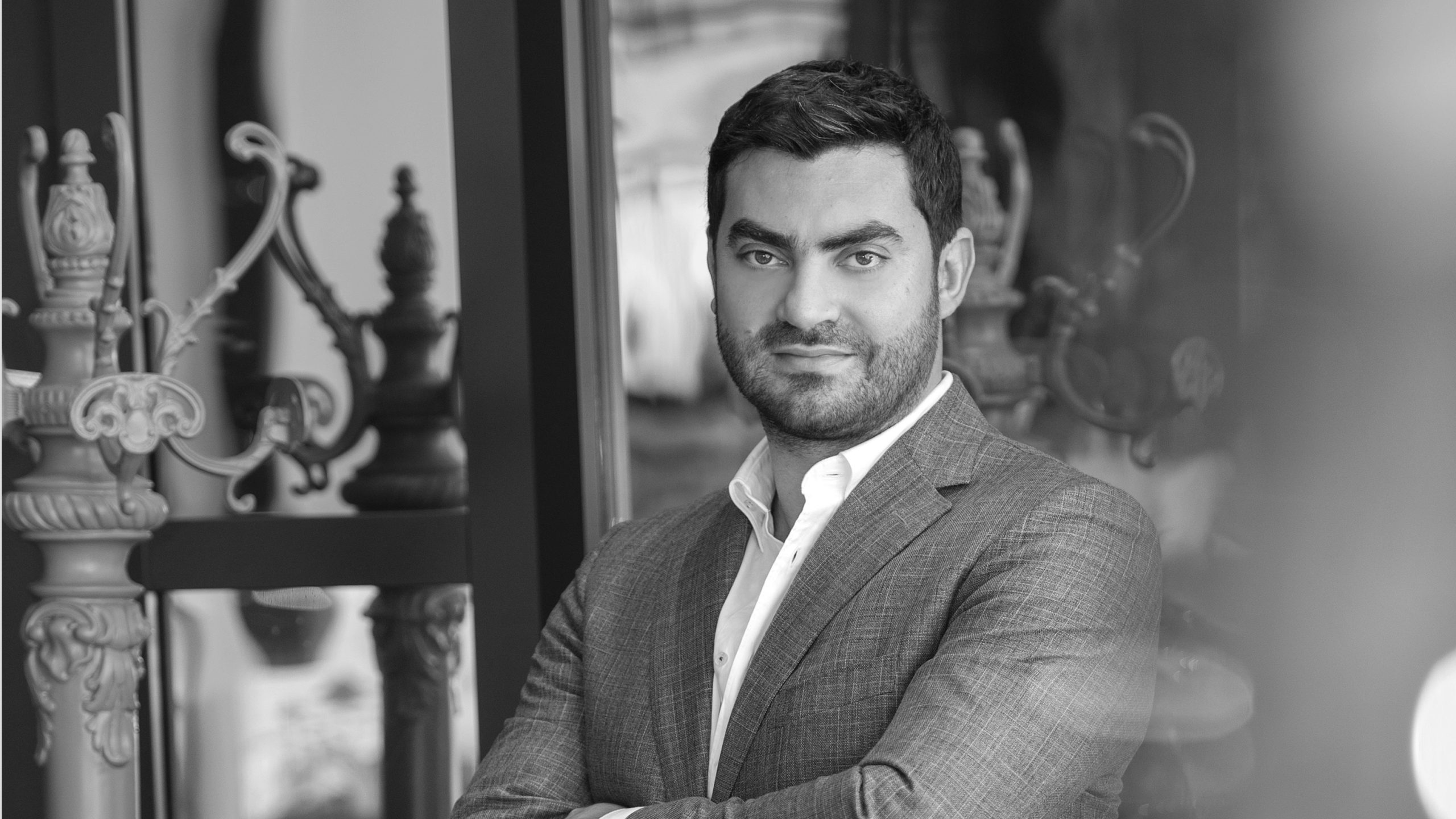
Known for hand-picked, intuitive selections of global designs, Cities Boutique was founded by Lebanese-born Hazem K. Aljesr. After starting his career with revered British designer Tom Dixon, Aljesr earned a solid reputation with his first boutique location in Riyadh, Saudi Arabia, and solidified that reputation with his two Dubai showrooms. Following the recent introduction of two new design brands, Gardeco and Seletti, at the renowned concept store, Aljesr spoke with id about his creative process and the keys to learning how to identify meaningful design.
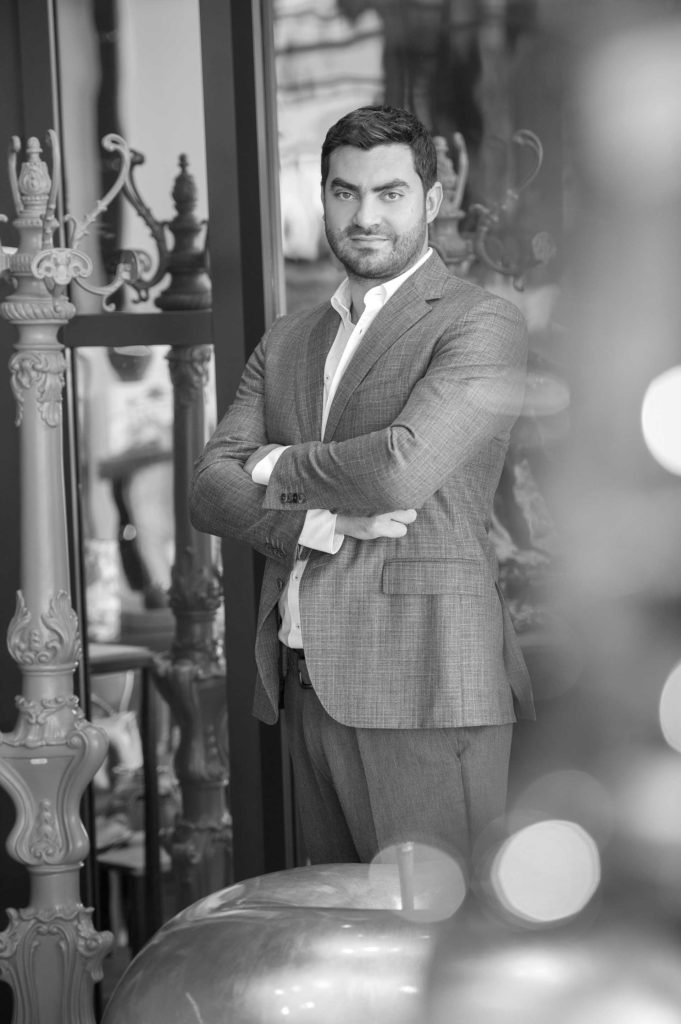
Hazem K. Aljesr, founder of Cities Boutique
What is your design philosophy?
I find form and function to be equally important; however, the key is something more than the most straightforward meshing of form and function. I’m very much a proponent of Eames’ idea that it is the details which make the design. My time at Tom Dixon really cemented and validated this philosophy. I saw how this abstract idea could become a reality, and result in a successful business.
As one of Dubai’s design visionaries, what were your challenges?
While I appreciate the sentiment, I can’t say that I have been one of the leaders that has transformed the design sector in Dubai. I’ve just been lucky to be a part of this ongoing process. I find the idea of changing the status quo to be an appealing one, and I have always found the transformation in Dubai to be inspirational. The biggest challenge has always been on an individual level: getting people to understand the importance of design and why it matters.
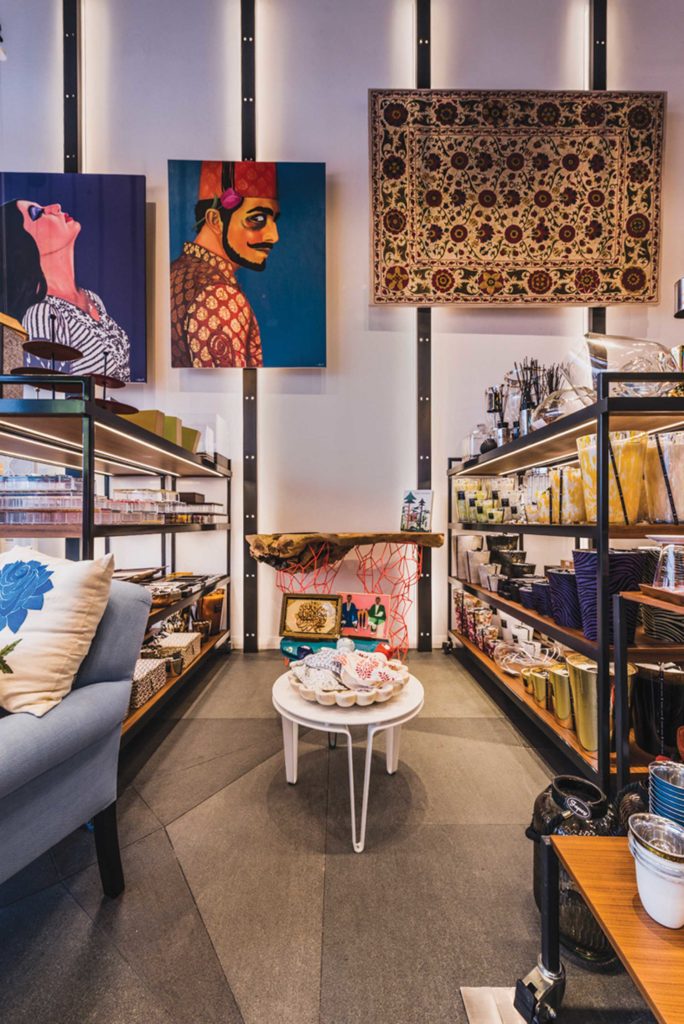
How does Cities truly differentiate itself?
It’s always been important to find the underlying core and change with the times, not with the trends. Our diversity also plays a role. We carry popular creations, hold exhibits and host designers. But we also take part in design fairs, so we are relatable to people on all different levels.
Who is your favourite designer? Architect?
My favourite designer: Nada Debs. Her ability to fuse cultures and styles in such an accessible and appealing way is amazing. Cities is incomplete without her creations. My favorited architect: Oscar Niemeyer. He was a real pioneer of modern design; his rounded edges created from hard materials resulted in an amazing fusion that still has an impact today.
How does design lead to cultural understanding and diversity?
Design is educational, but it also exists to document where we are in terms of cultures and diversity. It’s a fine line between cultural appropriation and cultural appreciation but, somehow, many of these design brands are able to surmount it and present something new and appealing that acknowledges our differences and diversity, but also shows our commonality as well.
Why is top-tier design an important investment?
When we look at good, top-tier design, we are looking at the past, present and future simultaneously. Top-level design represents a standard to aspire to, and as it trickles down we see it replicated and disseminated in mass-produced designs, so one top-tier creation has an effect on the design sector as a whole and connects us across cultures, classes and countries.
The Latest
Saving Our Planet Through Regenerative Architecture
Eywa Tree of Life is designed to harmonise with nature, restore surrounding ecosystems, and support human health and longevity.
A Home Away from Home
This home, designed by Blush International at the Atlantis The Royal Residences, perfectly balances practicality and beauty
Design Take: China Tang Dubai
Heritage aesthetics redefined through scale, texture, and vision.
Dubai Design Week: A Retrospective
The identity team were actively involved in Dubai Design Week and Downtown Design, capturing collaborations and taking part in key dialogues with the industry. Here’s an overview.
Highlights of Cairo Design Week 2025
Art, architecture, and culture shaped up this year's Cairo Design Week.
A Modern Haven
Sophie Paterson Interiors brings a refined, contemporary sensibility to a family home in Oman, blending soft luxury with subtle nods to local heritage
Past Reveals Future
Maison&Objet Paris returns from 15 to 19 January 2026 under the banner of excellence and savoir-faire
Sensory Design
Designed by Wangan Studio, this avant-garde space, dedicated to care, feels like a contemporary art gallery
Winner’s Panel with IF Hub
identity gathered for a conversation on 'The Art of Design - Curation and Storytelling'.
Building Spaces That Endure
identity hosted a panel in collaboration with GROHE.
Asterite by Roula Salamoun
Capturing a moment of natural order, Asterite gathers elemental fragments into a grounded formation.
Maison Aimée Opens Its New Flagship Showroom
The Dubai-based design house opens its new showroom at the Kia building in Al Quoz.





